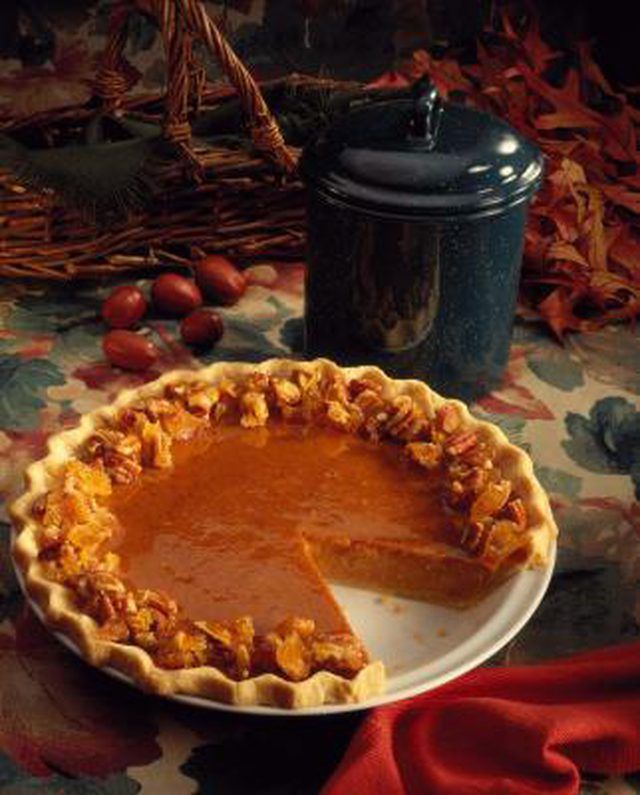Bulbs
Flower Basics
Flower Beds & Specialty Gardens
Flower Garden
Garden Furniture
Garden Gnomes
Garden Seeds
Garden Sheds
Garden Statues
Garden Tools & Supplies
Gardening Basics
Green & Organic
Groundcovers & Vines
Growing Annuals
Growing Basil
Growing Beans
Growing Berries
Growing Blueberries
Growing Cactus
Growing Corn
Growing Cotton
Growing Edibles
Growing Flowers
Growing Garlic
Growing Grapes
Growing Grass
Growing Herbs
Growing Jasmine
Growing Mint
Growing Mushrooms
Orchids
Growing Peanuts
Growing Perennials
Growing Plants
Growing Rosemary
Growing Roses
Growing Strawberries
Growing Sunflowers
Growing Thyme
Growing Tomatoes
Growing Tulips
Growing Vegetables
Herb Basics
Herb Garden
Indoor Growing
Landscaping Basics
Landscaping Patios
Landscaping Plants
Landscaping Shrubs
Landscaping Trees
Landscaping Walks & Pathways
Lawn Basics
Lawn Maintenance
Lawn Mowers
Lawn Ornaments
Lawn Planting
Lawn Tools
Outdoor Growing
Overall Landscape Planning
Pests, Weeds & Problems
Plant Basics
Rock Garden
Rose Garden
Shrubs
Soil
Specialty Gardens
Trees
Vegetable Garden
Yard Maintenance
How to Grow Pecan Trees in Kentucky
How to Grow Pecan Trees in Kentucky. A Kentucky backyard is just the place to grow pecan trees and hope for a bountiful harvest. Northern pecans grow well across the state, and even in higher elevations, where the harvest may be negatively affected, the trees will grow to be shady and beautiful additions to any yard. The harvest won't be immediate,...

A Kentucky backyard is just the place to grow pecan trees and hope for a bountiful harvest. Northern pecans grow well across the state, and even in higher elevations, where the harvest may be negatively affected, the trees will grow to be shady and beautiful additions to any yard. The harvest won't be immediate, but with the proper soil conditions and irrigation strategy, you may be pleased to find a fruitful pecan harvest within five years of planting.
Things You'll Need
Shovel
10-10-10 fertilizer
Zinc sulfate
Mulch
Choose the appropriate variety of pecan tree for Kentucky growing conditions. Northern varieties of pecan are preferable because Kentucky's growing season does not extend long enough for southern pecans to get big enough to fill their shells.
Choose the right planting site -- especially take into account the height of pecan trees, which can grow to 140 feet, to ensure they won't interfere with power lines or buildings when they reach their full height. Choose planting sites 60 to 80 feet from other pecan trees so they will not crowd each other and suffer a decreased harvest.
Test soil to ensure that it has an optimal pH of between 6.5 and 6.8. Pecan trees also need soil that is well-drained and deep enough to support their extensive root systems.
Plant trees in early spring so trees have time to strengthen before being subjected to the chance of injury from winter weather. Plant the trees as soon as possible after receiving them from the nursery; soaking the roots for 24 hours before planting can prevent roots from drying out.
Dig a planting hole wide and deep enough so that all roots can spread out to their full length. Place the tree in the hole and fill with soil, tamping the soil around the roots as you fill the hole.
Water the pecan tree well after planting and then weekly with 10 to 15 gallons throughout the summer, especially during its first three years and during the heat waves of a Kentucky summer. Irrigation practices determine pecan production and directly affect the growth of the nut.
Fertilize with a 10-10-10 fertilizer in March and June every year. Use 1 pound of fertilizer per year of the tree's age for non-bearing trees and 4 pounds per inch of the trunk's diameter for bearing trees. Keep the fertilizer a foot away from the trunk. Apply one pound of zinc sulfate, spread in a circle about 2 feet from the trunk, in July for three years after planting the pecan tree.
Mulch an area 4 to 6 feet in diameter at the base of the pecan tree to keep weeds from growing and maintain the moisture in the soil. Use wood chips, bark or straw and ensure the mulch is at least 4 inches deep. Keep the mulch 6 inches from the tree's trunk to prevent creating a rodent shelter.